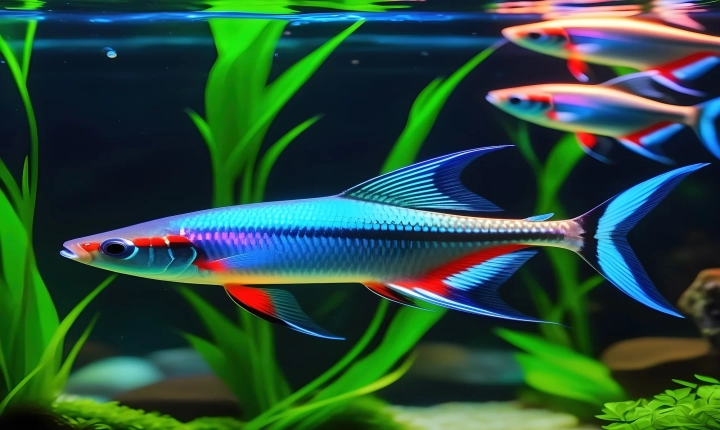Title: Can AI Smell: The Fascinating Potential of Olfactory AI
Artificial Intelligence (AI) has made remarkable progress in recent years, demonstrating capabilities that were once considered the exclusive domain of human cognition. From natural language processing to image recognition, AI has shown its ability to interpret sensory input with increasing accuracy and nuance. However, one sense that has long been challenging for AI to emulate is the sense of smell. While humans can easily detect and differentiate between countless odors, teaching a machine to do the same has proven to be a complex task.
Nevertheless, recent advancements in olfactory AI have showcased the potential for machines to detect, classify, and even create scents with impressive precision. This has significant implications for a wide range of industries, from food and beverage to healthcare and environmental monitoring.
One of the most exciting applications of olfactory AI lies in the realm of food and beverage. By training AI models with databases of aroma compounds and their interactions, researchers and food scientists are working to create AI systems that can predict and even design new flavors and fragrances. This could revolutionize the way new products are developed, leading to a more efficient and innovative approach to flavor creation.
In the field of healthcare, olfactory AI has the potential to aid in the early detection of diseases. Certain illnesses, such as Parkinson’s and Alzheimer’s, are known to have distinct odor profiles that can be imperceptible to human noses. AI systems that can detect these subtle changes in scent could help in the early diagnosis of such conditions, leading to better treatment outcomes and improved quality of life for patients.
Environmental monitoring is another area where olfactory AI could have a profound impact. By analyzing air quality and identifying specific odors, AI systems could help in the detection of pollutants and hazardous substances in the environment. This could prove invaluable in ensuring the safety of communities and ecosystems, as well as in the regulation of industrial emissions.
Despite these promising developments, challenges remain in the field of olfactory AI. The complex and diverse nature of scents, as well as the limitations of current sensor technology, continue to present hurdles for researchers and engineers. Additionally, the subjective nature of smell—individuals’ perception of odors can vary widely—presents a unique challenge for AI systems to overcome.
As research and development in olfactory AI continue, there are ethical considerations that must be addressed. For example, the potential misuse of scent-based AI in surveillance or marketing raises important questions about privacy and consent. Additionally, there is a need for careful regulation to ensure the responsible use of olfactory AI in various industries.
In conclusion, while the ability of AI to smell may not yet match that of humans, the progress being made in olfactory AI is undeniably impressive. The potential for AI systems to detect, classify, and create scents has profound implications across a range of industries, from food and healthcare to environmental monitoring. As research and development in this field continue, it is essential to approach the ethical and regulatory considerations with care, ensuring that olfactory AI is harnessed for the greater good of society. The future of AI and smell is full of promise, and the impact of olfactory AI is likely to be far-reaching and transformative.
